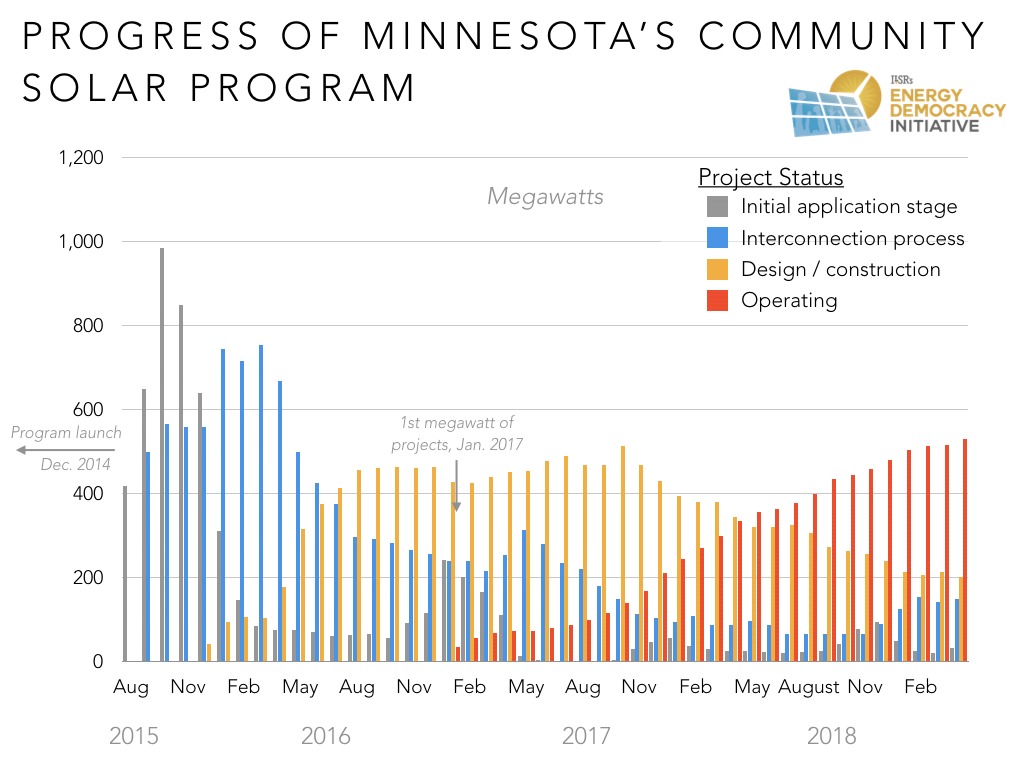New Energy Insights Blog

The Xcel Energy Community Solar Garden Program: What has it Accomplished in Minnesota
By: Ralph Jacobson
Written By Ralph Jacobson
IPS (now New Energy Equity) has been busy developing solar arrays through the Xcel Community Solar Garden (CSG) program since 2014. This year the CSG program is under fire from one house of the Legislature and getting a boost from the other house. Whether you are a skeptic, a subscriber, or just wonder what all the fuss is about, now is a good time to step back for a minute and consider some of the many ways that the program has benefited not only Xcel Energy customers, but the entire population of Minnesota. I have thought of eight; how many can you think of?
1. Minnesota now has a more sophisticated developer and utility partnership.
The solar market here had been capped at a tiny size of 40 kilowatts since net-metering was enacted in 1980; this supported only a small group of solar installers competing for residential and small commercial business. The CSG program has helped to move the solar market out of the 'early adopter phase' of sky-high cost, into the 'early mainstream phase' where costs are still too high for utilities but are coming down fast. Our state's utilities now have local partners who have the depth of experience and resources to continue wrestling with costs and risk factors until these are acceptable for utilities to more directly engage with solar.
2. The Minnesota PUC has successfully deployed a joint planning model embodied in the CSG working group, which transfers much of the workload to Xcel and the developers, while maintaining robust oversight.
The sheer volume of proceedings involving solar has created a tremendous increase in the workload of the state regulators. This working group has placed much of the responsibility on the solar power industry itself, utility and non-utility, to work together to find agreeable solutions. Although the issues are being hotly debated now, the groundwork has been laid here for a smoother Integrated Distribution Planning process, involving more players.
3.We Needed to Try the Value of Solar (VOS) Tariff.
The CSG program has provided a testbed for the Value of Solar (VOS) concept. After much collective effort and brain power went into developing the method for calculating each line item in the tariff template, no utility stepped forward to try it out. Solar developers thought it would benefit them by raising the price which utilities pay for solar; utilities thought they would see the price fall over time. The VOS started out as a rational approach to calculate the avoided costs for utilities, but because it is now in actual use for the CSG market, we will now find out whether the VOS really does reduce the level of contention on the price which the utility pays for solar power.
4.Minnesota is no longer flyover country for capital, when it comes to solar. Many providers came from different corners of the capital market to check out the CSG model, and some stayed to play.
This was the first opportunity for many in the local solar industry to participate in third-party financing deals. Broader use of third-party financing has stimulated more possibilities for solar deployment, due to more interest from capital providers and more experienced developers and installers. One way to look at it: Minnesota is getting its share of the benefit from Federal Investment Tax Credits.
5. Solar Deployment Has Greatly Accelerated With CSGs.
In the five years from when the CSG law was signed in 2013, through the end of 2018, PV capacity installed in Minnesota went from 17 megawatts to over 1000 megawatts. That's an increase of 60X!! Over half of that increase is from solar arrays under the Xcel CSG program, enough to power 50,000 homes.

6.Farm income is stabilized with CSGs: farmers who lease part of their land out to a CSG are finding, like their counterparts who lease out land for wind farms, that this builds some stability into their economics.
Typically, these 25-year contracts provide the farmer around $1,000 per acre per year; a CSG requires about 5 acres for deployment of a megawatt of solar modules. Think of it this way: the farmer is getting paid for taking some of their land out of heavy corn and soybean rotation, and to put that land into a soil improvement program which produces electric power at the same time.
7.CSGs are associated with soil improvement, and agronomists are beginning to study the positive impact of ground-mounted solar on soils.
Solar developers have largely adopted the planting of soil-building grasses and legumes as the standard soil treatment under a solar array. Fresh Energy's Pollinator Pledge program has helped build public awareness and acceptance of ground-mounted solar as an enhancement of Minnesota agriculture, and not a distraction.
8.CSGs have helped Increase public acceptance of solar, because now there are a LOT more solar arrays deployed around rural Minnesota. Five years ago, most people (including myself), considered larger ground-mounted solar arrays to be an unnatural imposition upon the agricultural landscape we were accustomed to. Many people live near, work near, or drive by a CSG regularly, and all of us can see for ourselves that a one-megawatt solar array has less visual impact than an ethanol plant, or other large agricultural installations.
